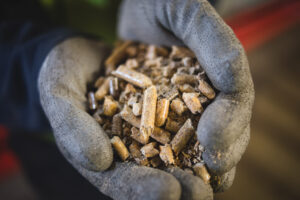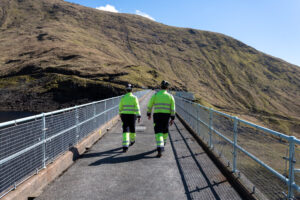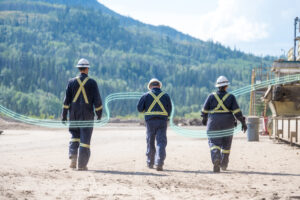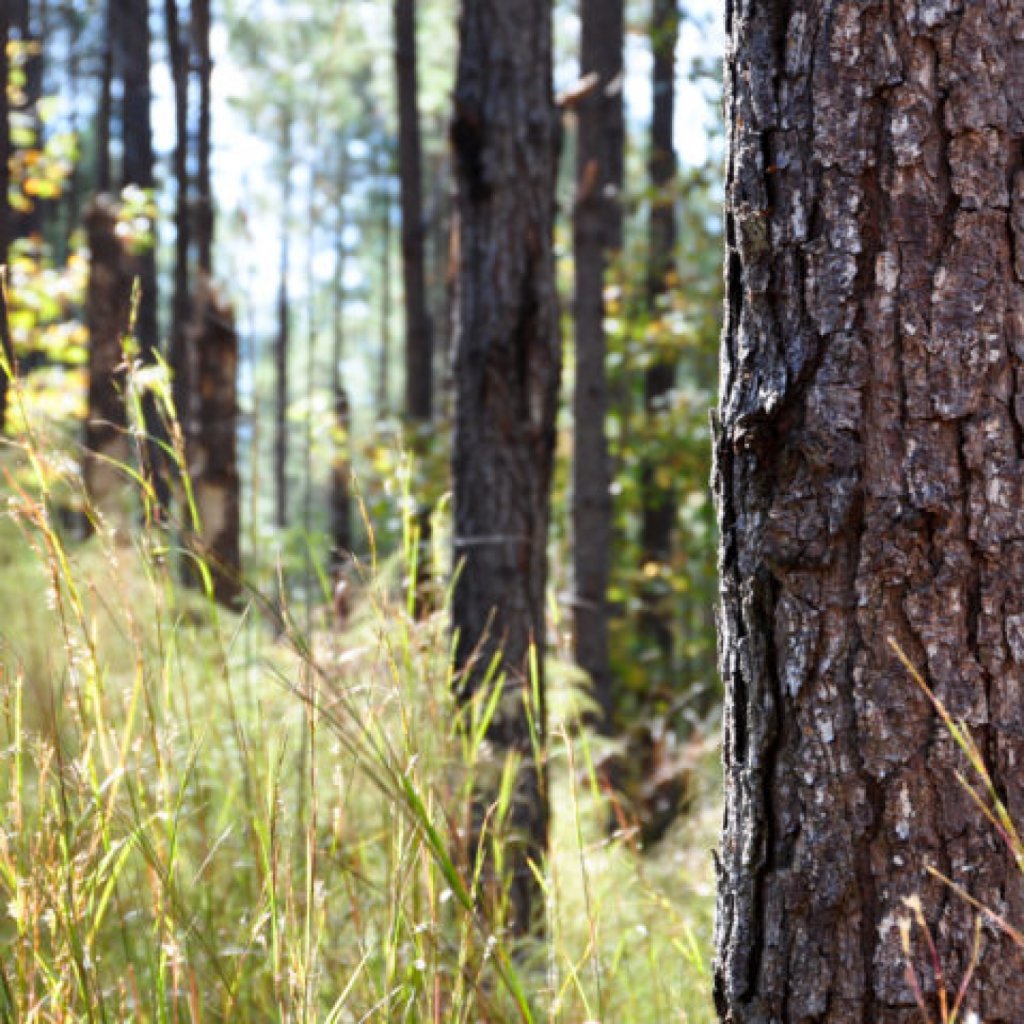At Drax, science and evidence is integral to our operations and thought-leadership in ensuring we’re doing the right thing for people, nature and climate. We have a team dedicated to integrating the latest scientific findings into Drax’s ways of operating and strategic target setting.
One of our main efforts underpinning our science and evidence projects is our Evidence Hub – a one stop shop for papers providing a thorough and unbiased examination of scientific evidence and research underpinning Drax’s operations. The first focus is on the BECCS value chain with papers centring around transport and storage of CO2, climate impact of different end-uses of wood residues, CDR uptake, and carbon removals.
The Evidence hub seeks to identify areas of consensus, controversy, and where information is insufficient to draw a robust conclusion. New papers are added to this page on a regular basis as they become available. We continuously seek to work with external academics and partners on writing these papers to ensure an unbiased examination, and we highlight other external published research as well. In each paper, whether Drax or third-party authored, Drax outlines key take-aways and their impact on the business.
If you’re a researcher with an idea of a topic that you would like to explore for our Evidence hub, contact us.
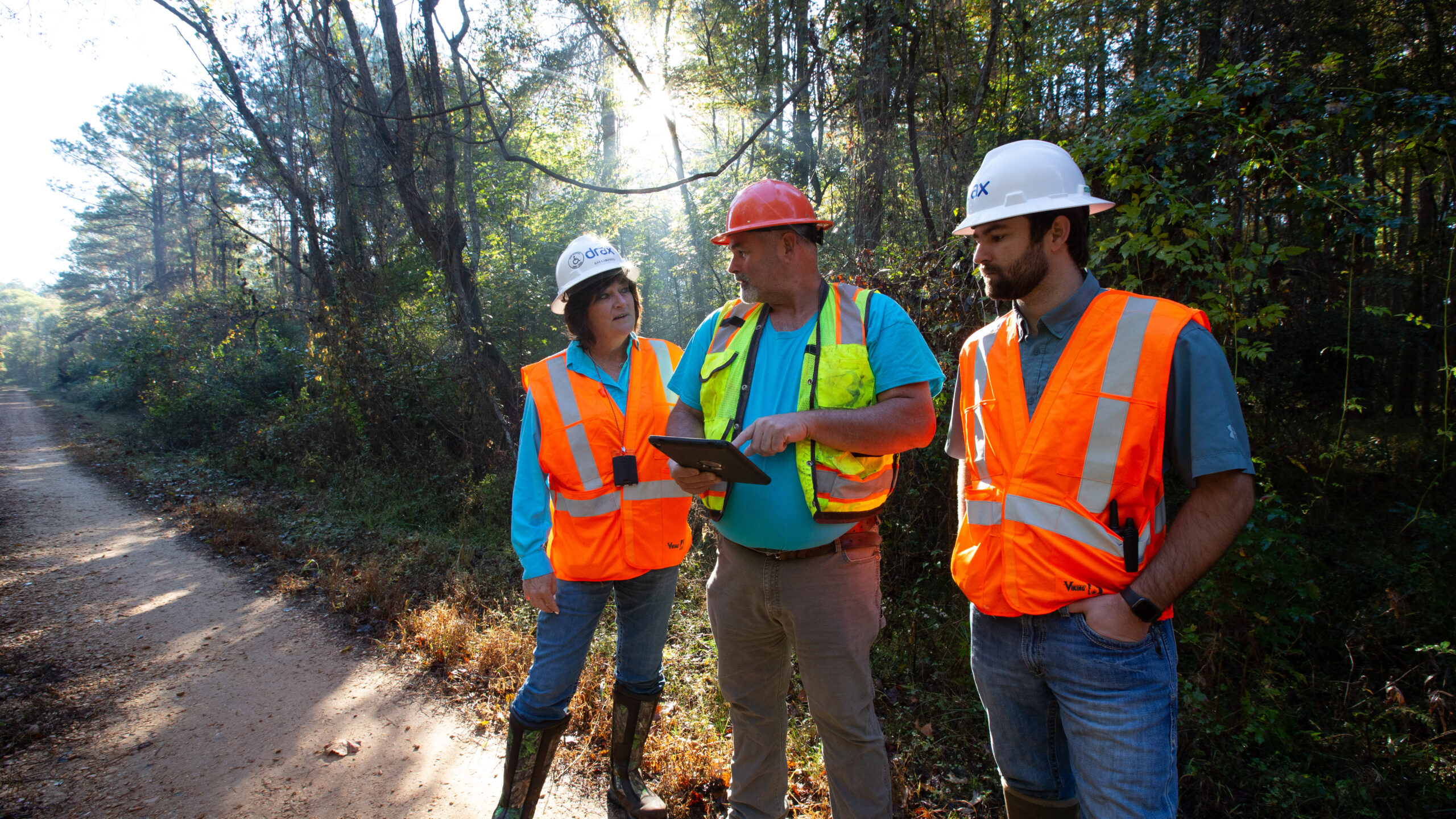
Evidence Hub documents
Can we know how much biomass will be available for BECCS and bioenergy?
This literature synthesis assesses the range of estimates of biomass availability in existing literature as of January 2024. The synthesis identifies estimates of current potential for production as well as projections for potential availability in 2030 and 2050. Availability was assessed for energy crops, woody biomass, and agricultural residues.
Drax summary by Dr Alicia Newton, Senior Scientific Officer, Drax
Analysis by Dr Zoe Harris and Sophie Tudge, University of Surrey
On the science of carbon debt
This report is a comprehensive, science-based guide clarifying the nuanced impacts of forest biomass use on forest carbon stocks. It emphasises that outcomes vary significantly, depending on management, usage patterns, and methods. It also urges policies and analyses to explicitly recognise carbon debt, rigorously evaluate scientific studies, and align CO2 assessments with wider sustainability frameworks.
Drax summary by Dr Eilidh Forster, Head of Forest Carbon, Drax
Report by Strengers, B., Matthews, R., Berndes, G., Cowie, A., & Laganière, J., PBL Netherlands Environmental Assessment Agency
Transportation of CO2
We’ve commissioned CSIC to provide a review of CO2 transportation options and to summarise in particular the technical characteristics and readiness levels, costs, and safety considerations of each transport mode. The report also highlights a number of case studies of CO2 transportation including two pipeline systems (Cortez and Denbury), one proposed integrated shipping and pipeline network (Northern Lights) and a pipeline leakage event (Satartia, Mississippi).
Drax summary by Dr Gareth Johnson, Head of CCS Sustainability, Drax
Report by Dr Juan Alcalde, Senior Scientist, Geosciences Barcelona, Consejo Superior de Investigaciones Científicas (CSIC)
Geological storage of CO2
We’ve commissioned CSIC to provide a review of the current status of the geological storage of CO2. The report begins by outlining the fundamental options, storage site suitability, trapping mechanisms and stages of CO2 storage projects. It then looks in detail at the injectivity, leakage risks, permanence and security, monitoring, measurement and verification and non-technical risks such as public concerns, competition with other users (surface and subsurface) and transboundary issues. The report also provides two case studies outlining the subsurface monitoring approaches at Sleipner in Norway and Weyburn in Canada.
Drax summary by Dr Gareth Johnson, Head of CCS Sustainability, Drax
Report by Dr Juan Alcalde, Senior Scientist, Geosciences Barcelona, Consejo Superior de Investigaciones Científicas (CSIC)
The comparative carbon benefit of bioenergy coupled with carbon capture and storage
This white paper documents the potential lifecycle carbon footprint of using low-grade roundwood, forestry residues and manufacturing residues for bioenergy coupled with carbon capture and storage (BECCS or “abated” electricity production), compared to alternative uses of this wood fibre. Other uses evaluated include pulp and paper, sustainable aviation fuel, biochar and wood panels.
The report concludes that BECCS is an important use of wood fibre for delivering carbon benefits, outperforming most other uses evaluated. Lifecycle assessment (used in this report) offers a holistic, internationally recognised methodological approach to evaluating carbon (and other environmental) impact. Considering the opportunity BECCS provides for permanent carbon removals, the simple cascading principle for wood-use (as interpreted in REDIII) for determining the best use of wood fibre requires re-visiting.
Report by Dr Caroline Gaudreault, Anthesis
Comparative carbon footprint of uses of wood residues and low-grade roundwood
This report evaluates the climate impact of different end-uses of wood residues and low-grade roundwood (pulpwood) using lifecycle assessment (LCA).
It calculates greenhouse gas (GHG) emissions from ‘forest gate’ to product end-of-life for bioenergy, bioenergy with carbon capture and storage (BECCS), biochar, sustainable aviation fuel (SAF), pulp and paper, and oriented strand board (OSB, a type of wood panel). The assessment includes emissions from the production and use of the wood products and potential avoided emissions from substitution for non-wood product alternatives.
Drax summary by Dr Eilidh Forster, Head of Forest Carbon, Drax
Report by Dr Caroline Gaudreault, Anthesis
Evaluating global CDR uptake in modelled scenarios
This report synthesises and evaluates the outputs of climate mitigation scenarios from the IPCC, IEA, and other sources with the latest research on Carbon Dioxide Removal (CDR) technologies. It assesses the type, efficacy and potential of CDR techniques deployed in the scenarios as well as the magnitude of deployment, what drives the deployment and the potential benefits and risks of each approach. The report also explores the variance in estimates between studies and the assumptions that underpin those analyses.
Drax summary by Dr Gareth Johnson, Head of CCS Sustainability, Drax
Report by Dr Matthew Ives and Dr Steve Smith, University of Oxford
How do greenhouse gas emissions influence climate?
This synthesis reviews how human activities have altered the carbon cycle, and how the release of carbon dioxide (CO2), methane, and non-carbon greenhouse gases (GHGs) have affected the Earth’s climate. We also assess the impacts of current and future emissions on climate stability and extreme weather.
Report by Dr Alicia Newton, Senior Scientific Officer, Drax
Do we need carbon removals?
The Paris Agreement sets out a goal to limit global warming to 2°C or less, which requires rapid and substantiative cuts to greenhouse gas emissions (GHGs). Most scenarios for limiting global warming by 2050 require some degree of carbon removals, through engineered solutions, afforestation and land use change, or a combination of them all.
Report by Dr Alicia Newton, Senior Scientific Officer, Drax


